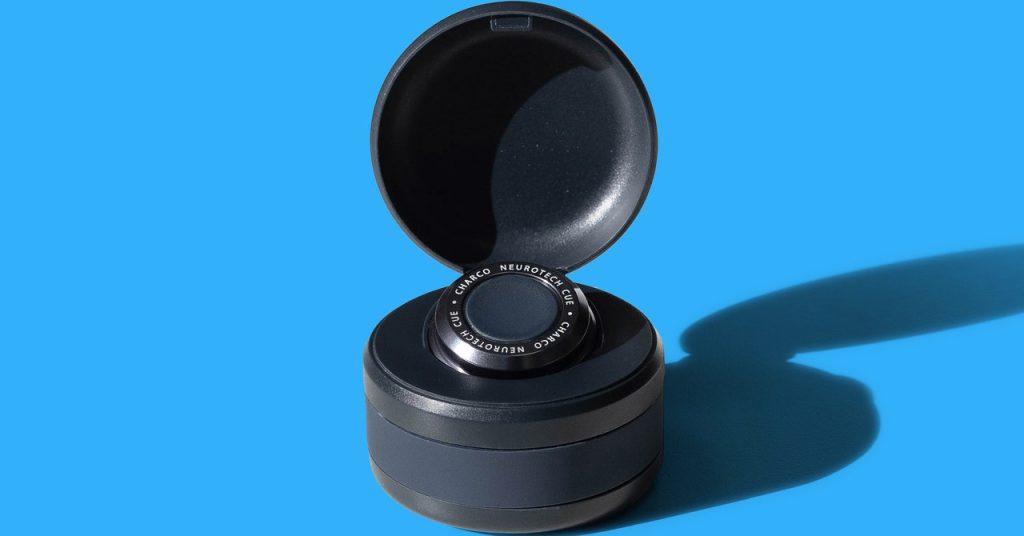Revolutionizing Parkinson’s Treatment: The Journey of Lucy Jung and Charco Neurotech
From Personal Struggle to Innovative Solution
In 2015, Lucy Jung, a young industrial designer, was working on assistive devices for individuals with conditions affecting fine motor control, such as stroke and multiple sclerosis. One of her projects involved creating a pen that utilized high-frequency vibrations to help Parkinson’s patients improve their handwriting clarity. However, Jung’s life took an unexpected turn when she was diagnosed with a brain tumor. This personal experience gave her a profound understanding of what it means to be a patient and how even the smallest support can significantly impact the lives of those with long-term conditions.
Understanding Parkinson’s Disease
Parkinson’s disease originates from a communication problem within the brain. Damage to neurons in the substantia nigra leads to reduced dopamine levels and abnormal electrical rhythms, hindering the transmission of signals between neurons. As a result, patients experience characteristic symptoms such as tremors, rigidity, and freezing of gait, as the brain struggles to send instructions to the body effectively.
The Power of Rhythmic Stimulation
Through her previous work on the vibrating pen, Jung identified a potential solution to alleviate Parkinson’s symptoms. In the 19th century, French neurologist Jean-Martin Charcot observed that Parkinson’s patients experienced notable improvements in their symptoms after long carriage or train rides. Subsequent research revealed that rhythmic auditory, visual, or physical stimulation, known as “cueing,” can help Parkinson’s patients walk more fluidly.
The Birth of Charco Neurotech and CUE1
Inspired by this discovery, Jung founded Charco Neurotech in 2019. Unlike traditional deep brain stimulation implants, which require invasive surgery to treat Parkinson’s symptoms, Charco Neurotech’s CUE1 is a noninvasive and affordable solution. The £295 ($371) device attaches to the skin using medical adhesive and has already been adopted by more than 2,000 people in the UK, with a waiting list of nearly 20,000 across 120 countries.
Tailoring Treatment and Future Developments
An accompanying app allows users to customize the vibration pattern to suit their individual needs. Jung envisions developing a feedback system that automatically adjusts the cueing pattern based on the user’s movement, providing optimal support throughout the day. Remarkably, some users even report benefits while using the device during sleep.
What we’re seeing is that people tend to use the device all day. Some people even use it when they’re sleeping, and it helps with sleeping, too.
Charco Neurotech has raised over $10 million in funding and grants, employing a diverse team of 38 individuals, including Parkinson’s specialists, nurses, engineers, and data analysts across the UK, South Korea, and the United States. The company’s ultimate goal is to obtain regulatory approval for the CUE1, enabling doctors to prescribe the device through the National Health Service or Medicaid, making it more accessible to those in need.
This article appears in the March/April 2024 issue of The Zero Byte UK magazine.

5 Comments
Tech making real impacts on health; who said miracles are only in fairy tales
Incredible, isn’t it how a tiny device can bring such huge hope to Parkinson’s patients!
Technology finally stepping up its game, about time!
In a world where tech often distracts, here’s something truly life-changing. Heartwarming, really.
Wearable tech bringing miracles to the forefront; Parkinson’s doesn’t stand a chance.